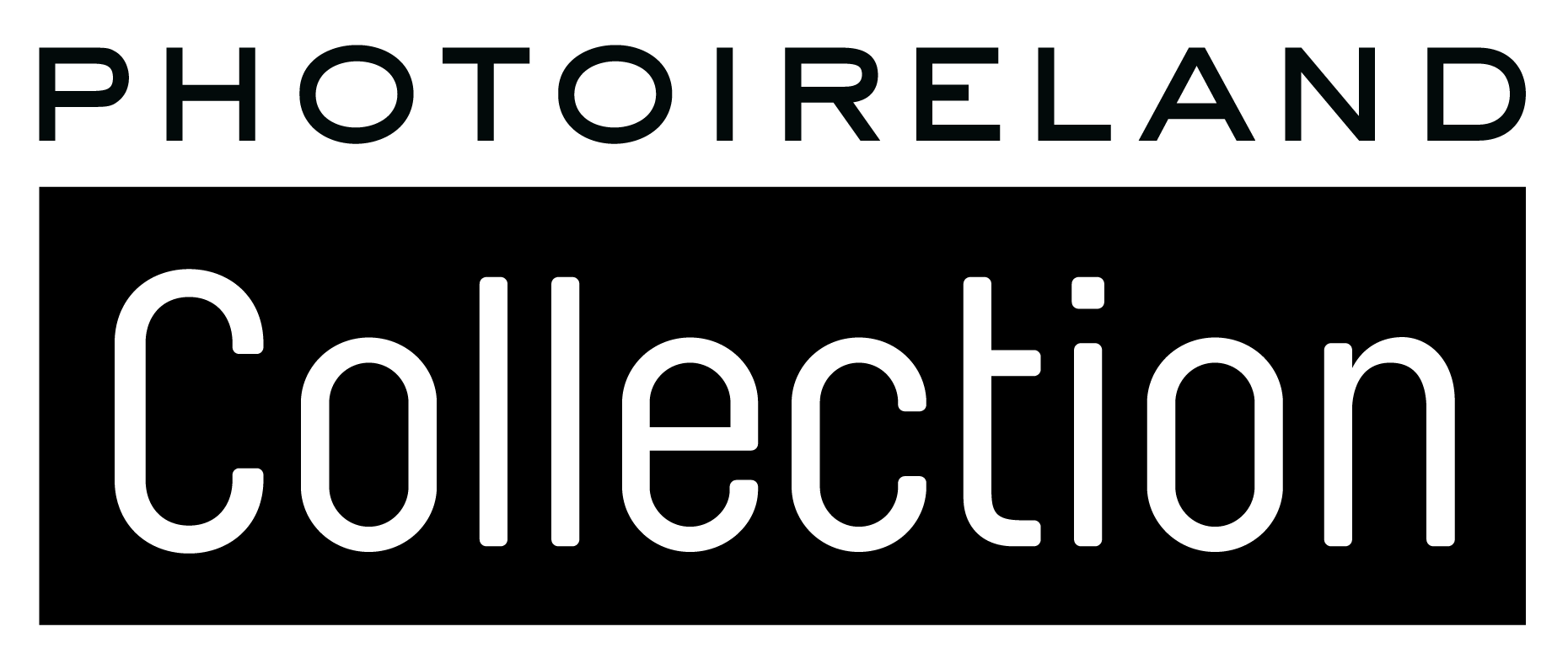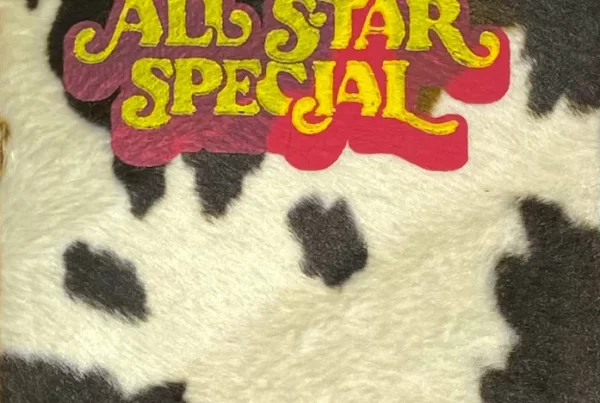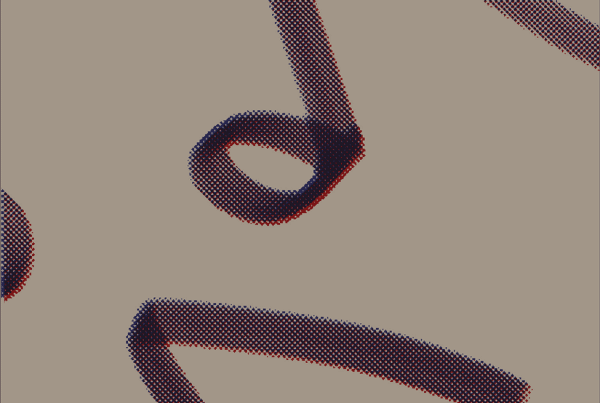
 An Essay on the Concave City Corner
An Essay on the Concave City Corner
Stijn van der Linden
Photobook Week Aarhus
English
Text by Stijn van der Linden and Katrien VanHerck
In collaboration with Reflektor platform and Kvadrat
Hardcover
144 pages
128 x 364 mm
2017
ISBN 9788797010327
An essay on the concave city corner is in-depth analysis of a personal collection of photographs of concave city corners and forms an exploration of the transformation from space to place. More specifically it is about how the city becomes a place. Many social geographers pondered the question of how place compares to space. There exists consensus about space being the more abstract form while, on the other hand, place is marked by identity and experience. For instance, an assortment of spaces like streets and buildings in a city can become a familiar neighbourhood to people that get to know its street corners and landmarks. So is it in the perception by people that spaces become places?
Concave corners are an example of typical spaces found in any city. They are the reflex interior angle of a concave polygon, where in this case the polygon stands for a city block or a single building. How are these corners to contribute to (parts of) the generic city becoming more specifically linked to personal experience, and the perception of the city as place? And how can the act of photography assist in street corners becoming place? Visibility is an important contributor to how space and place are perceived. Because photography is the predominant tool of contemporary visual language, to what extent is photography capable of contributing to a sense of place, to the genuine experience of a city and of cityness? How could photography capture the placeness of cities, or at least some of its crucial spatial features?
With these questions in mind photographs of concave city corners were analysed. The photographs were made in cities or urban areas encountered on the photographer’s travels between 2010 and 2017. The presence of objects and materials in each photographed corner were mapped and its main colours were determined. A grid was used to define the spatial character of the corners and position of doors and windows. Results are summarized as a code for each photograph, and in the form of graphs and charts for all the photographs.
This objective analysis of concave city corners has resulted in deriving the most common corner from an initially random photographic collection of corners: p13NI34J3c0709m02030706w#1d#2lo01#104ro03#105#1xo0103#1. Did the absurdity of extensively photographing city corners and applying an exaggerated system for their measurement and analysis in a sense contribute to the making of space into place? Perhaps, on future strolls through the city, the reader of the book will give the concave city corners he or she passes a second look.
About the Artist
Stijn van der Linden is a dutch photographer and visual artist.
takemesomewherenice.be
About the Publisher
Since 2014, Galleri Image and the Aarhus School of Architecture have collaborated on organising Photobook Week Aarhus (PWA), a yearly festival focused on the rapidly growing international interest in photobooks in recent years.
photobookweek.org
About the Collaborators
Reflektor is a label that places self-published photobooks under a common name and offers them a „home“. Reflektor sees itself as a community of committed photographers from all photographic genres and photographic endeavours.
reflektor.org
Kvadrat was established in Denmark in 1968 and has deep roots in Scandinavia’s world-famous design tradition. A leader in design innovation, Kvadrat produces quality contemporary textiles and textile related products for architects, designers and private consumers across the world.
kvadrat.dk/en



